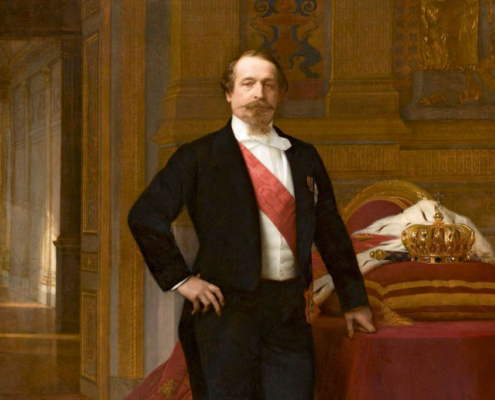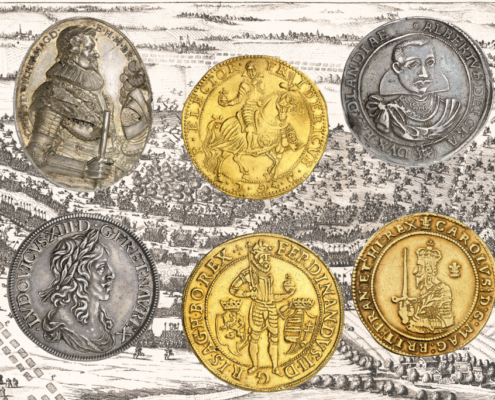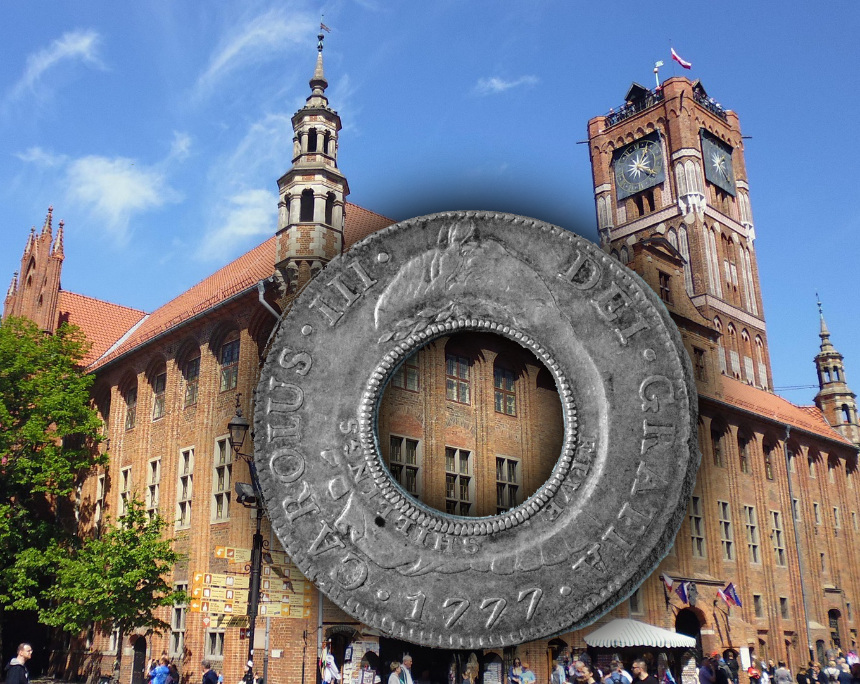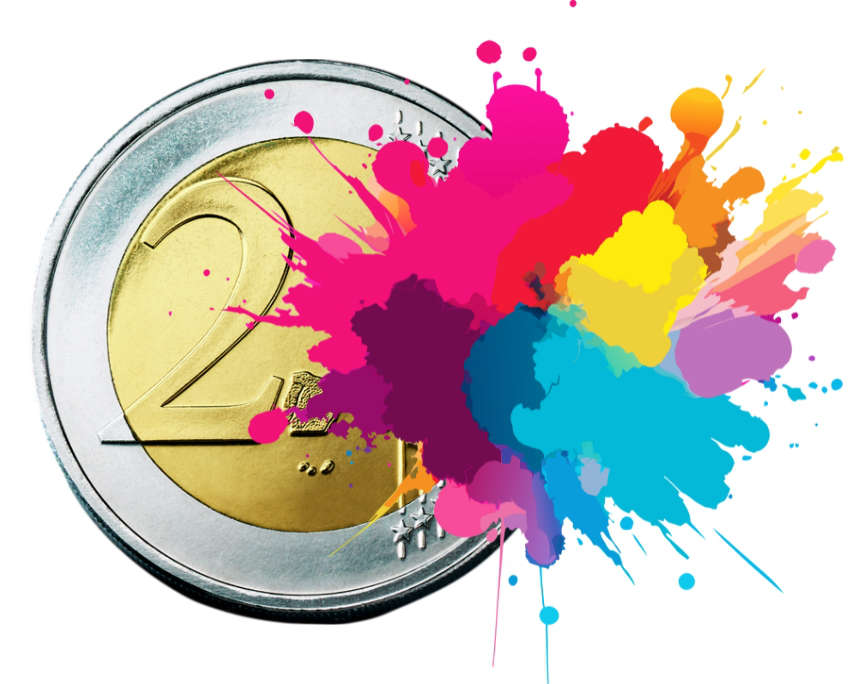Friedrich Wilhelm, the Great Elector.
Ducat 1686 LCS, Berlin.
Extremely rare.
Attractive piece.


Maximilian II.
Ducat 1855.
Only a few pieces are known.
Extremely fine-uncirculated.

Ferdinand Albrecht I.
Löser in the weight of 4 Reichstalers 1670, Clausthal.
Extremely rare.
Attractive piece.

Friedrich Adolf.
5 Ducats 1711, Detmold.
Only known piece.
Extremely fine-uncirculated.

6 Ducats, n. d. (1765-1790), with the title of Joseph II.
NGC MS 62 PL.
Extremely rare.
Attractive piece from polished dies.
Almost uncirculaed.

Johann Adolf, 1590-1616.
Portugalöser (10 ducats) n.d., Eutin.
Extremely rare and of particular
significance in monetary history.
Attractive piece.

Leopold I, 1657-1705.
20 Ducats, n. d. (after 1666), Hall,
by M. König.
Extremely rare.
Almost extremely fine.

Archive: People and Markets
A Holey Dollar Returns to Toruń – An Update on the Torún Coin Theft
The Australian Federal Police have announced that they have helped return a Holey Dollar from the Toruń theft to the city’s regional museum. Here is the latest news on the theft of at least 194 coins, which is currently being tried in court.
Are Things Becoming Too Colourful? France and Portugal Issue 2-Euro Colour Coins
After six years, two Eurozone countries make use of the opportunity to design commemorative 2-euro coins with a special effect. Until now, official 2-euro coins with colour have been an absolute exception – for they are not at all liked to be seen in Brussels.
Archive: Coins, Medals and more

French History in Coins – Part 3: A New Napoleon
Under Emperor Napoleon III, France experienced an economic upswing. The Paris cityscape was completely revamped, just as coin designs. The gold rush in the US thrust Europe’s silver money into a crisis. The answer came from France.

The Protagonists of the Thirty Years’ War: A Slightly Different Preview of Künker’s Auction 410
On 23 September 2024 Künker will auction off a breathtaking collection including many multiple gold coins, multiple talers and rare medals relating to the Thirty Years’ War. We present the most beautiful pieces, and explain why the men depicted on these issues took part in the Thirty Years’ War.













Report of the 30th ICOMON Annual Conference in Stockholm
The International Committee of Money and Banking Museums (ICOMON) held its 30th Annual Conference in Stockholm from 25 to 28 September 2024. The Economy Museum, as host institution, welcomed over 110 participants and 42 speakers from over 30 countries across the globe.
The Mint of Finland is Dead, Long Live the Helsinki Mint
September brought bad news for the numismatic world: the Mint of Finland, once a prolific producer of circulation coins for numerous euro countries, announced it would cease operations. Many questions have since remained unanswered – but one key point is now clear: the future of Finnish coin production has been decided.